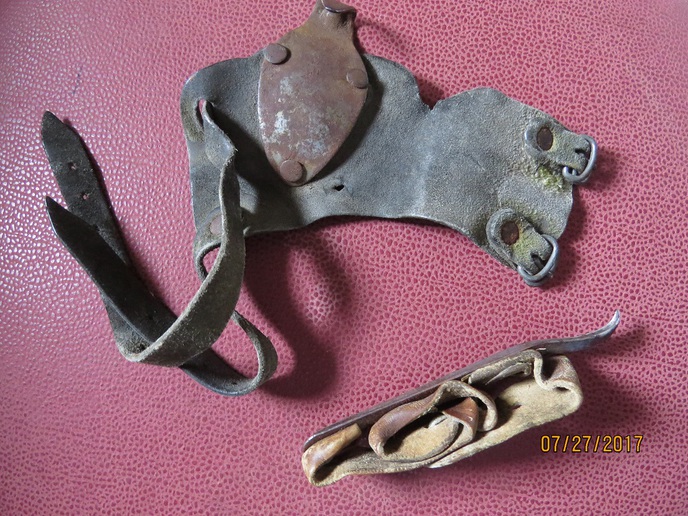Kelly in tx
Member
I've been thinking of picking some corn with my horses and wagon, but I don't know how it is done.
I've always believed the old wagon had a "bang board" on one side, and the picking person snapped the ear from the stalk, threw it at the wagon, it hit the bang board and fell into the wagon. Does that sound about right??? Doing this would require the picker continually travel either clockwise or counter-clockwise???
Also, did a person usually pick only one row, or did they usually pick two rows???
Would the wagon be quite close to the picker, so as to knock down stalks making it easier to throw the ears from the next row???
Thanks for your knowledge and ideas. kelly
I've always believed the old wagon had a "bang board" on one side, and the picking person snapped the ear from the stalk, threw it at the wagon, it hit the bang board and fell into the wagon. Does that sound about right??? Doing this would require the picker continually travel either clockwise or counter-clockwise???
Also, did a person usually pick only one row, or did they usually pick two rows???
Would the wagon be quite close to the picker, so as to knock down stalks making it easier to throw the ears from the next row???
Thanks for your knowledge and ideas. kelly


